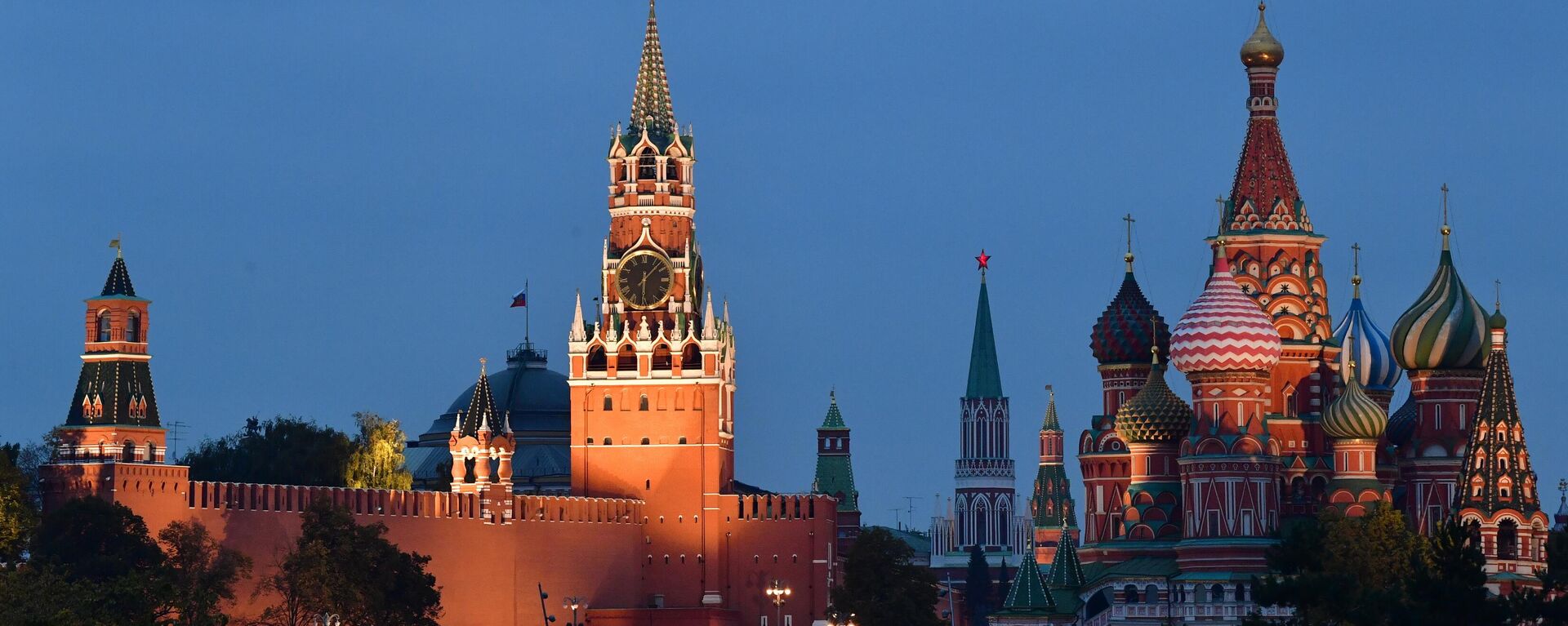https://sputnikglobe.com/20221206/us-eu-reportedly-lose-track-of-200-billion-in-frozen-russian-funds-1105106839.html
US, EU Reportedly Lose Track of $200 Billion in ‘Frozen’ Russian Funds
US, EU Reportedly Lose Track of $200 Billion in ‘Frozen’ Russian Funds
Sputnik International
Western countries froze a huge chunk of the Russian Central Bank’s emergency reserve cushion in February in a bid to punish Moscow for its military operation... 06.12.2022, Sputnik International
2022-12-06T13:59+0000
2022-12-06T13:59+0000
2023-06-30T17:49+0000
assets
https://cdn1.img.sputnikglobe.com/img/107373/94/1073739491_0:159:3077:1890_1920x0_80_0_0_adc190480d86ab2aed596d6071e3314d.jpg
The United States and its European allies are having trouble actually locating two thirds or more of the Russian assets they froze earlier this year “because they do not know where exactly they are,” Charles Lichfield, a senior finance expert at the Atlantic Council,* has indicated.Speaking to Estonian media, Lichfield, the deputy director of the Washington-based think tank’s GeoEconomics Center, and expert on Russia’s central banking system, said Western countries actually seized closer to $80-$100 billion, not $300 billion, as has been widely reported.Lichfield explained that the “freeze” on Russian assets obligated foreign banks not to allow for their transfer back to Russia, on penalty of losing their ability to transact in dollars and euros. However, some Asian and African banks may not have felt the need to respond to requests for information from Western authorities regarding transactions involving Russia, he said.The US Treasury triumphantly announced in June that Washington and its allies had blocked or frozen some $300 billion in Russian state assets, plus $30 billion worth of assets of sanctioned individuals, including Russian tycoons.Last week, European Commission chief Ursula von der Leyen proposed creating a special structure to manage the assets and “invest them.”However, EU officials specified to media that Brussels couldn’t simply seize the Russian assets to use them in Ukraine because the bloc adheres to the principle of state immunity.In the US, officials have expressed similar hesitation. Last month, lawmakers proposed a provision in the 2023 National Defense Authorization Act bill to allow for the transfer Russian assets to Ukraine, but the idea was met with opposition amid fears that the idea had not been “fully litigated.”Russian officials have slammed the asset freeze as a form of “theft.”The West’s actions has also prompted Chinese regulators and banks to brainstorm ways to keep their own assets stashed abroad safe if the US and its allies moved against them in the way they have against Russia.Russia’s frozen assets were previously estimated to constitute close to half of the country’s $640 billion reserve cushion. According to the Central Bank’s year-end report for 2021, the largest portion of its foreign currency and gold was stored in China (16.8 percent), followed by France (9.9 percent), Japan (9.3 percent), the United States (6.4 percent) Britain (5.1 percent), Canada (2.7 percent) and Australia (2.5 percent), with more than 51 percent thus located in states which have slapped sanctions on Moscow.* Designated an “undesirable organization” by the Russian Ministry of Justice in 2019.
https://sputnikglobe.com/20221130/who-froze-russian-assets-abroad-and-what-might-happen-to-them-1104886435.html
https://sputnikglobe.com/20221130/moscow-will-retaliate-if-eu-confiscates-russian-assets-foreign-ministry-says-1104899894.html
Sputnik International
feedback@sputniknews.com
+74956456601
MIA „Rossiya Segodnya“
2022
News
en_EN
Sputnik International
feedback@sputniknews.com
+74956456601
MIA „Rossiya Segodnya“
Sputnik International
feedback@sputniknews.com
+74956456601
MIA „Rossiya Segodnya“
assets, frozen assets, russian assets, russian frozen assets, asset freeze, frozen assets
assets, frozen assets, russian assets, russian frozen assets, asset freeze, frozen assets
US, EU Reportedly Lose Track of $200 Billion in ‘Frozen’ Russian Funds
13:59 GMT 06.12.2022 (Updated: 17:49 GMT 30.06.2023) Western countries froze a huge chunk of the Russian Central Bank’s emergency reserve cushion in February in a bid to punish Moscow for its military operation in Ukraine. Officials in Washington and Brussels have since vacillated as to whether these funds can be seized outright and given to Kiev as “reparations.”
The United States and its European allies are having trouble actually locating two thirds or more of the Russian assets they froze earlier this year “because they do not know where exactly they are,” Charles Lichfield, a senior finance expert at the Atlantic Council,* has indicated.
Speaking to Estonian media, Lichfield, the deputy director of the Washington-based think tank’s GeoEconomics Center, and expert on Russia’s central banking system, said Western countries actually seized closer to $80-$100 billion, not $300 billion, as has been widely reported. Lichfield explained that the “freeze” on Russian assets obligated foreign banks not to allow for their transfer back to Russia, on penalty of losing their ability to transact in dollars and euros. However, some Asian and African banks may not have felt the need to respond to requests for information from Western authorities regarding transactions involving Russia, he said.
The US Treasury triumphantly announced in June that Washington and its allies had blocked or frozen some
$300 billion in Russian state assets, plus $30 billion worth of assets of sanctioned individuals, including Russian tycoons.
Last week, European Commission chief Ursula von der Leyen
proposed creating a special structure to manage the assets and “invest them.”

30 November 2022, 14:37 GMT
However, EU officials
specified to media that Brussels couldn’t simply seize the Russian assets to use them in Ukraine because the bloc adheres to the principle of state immunity.
In the US, officials have expressed similar hesitation. Last month, lawmakers proposed a provision in the 2023 National Defense Authorization Act bill to allow for the transfer Russian assets to Ukraine, but the idea was met with opposition amid fears that the idea had not been “fully litigated.”
Russian officials have slammed the asset freeze as a form of
“theft.”The West’s actions has also prompted Chinese regulators and banks to
brainstorm ways to keep their own assets stashed abroad safe if the US and its allies moved against them in the way they have against Russia.

30 November 2022, 14:04 GMT
Russia’s frozen assets were previously estimated to constitute close to half of the country’s $640 billion reserve cushion.
According to the Central Bank’s year-end report for 2021, the largest portion of its foreign currency and gold was stored in China (16.8 percent), followed by France (9.9 percent), Japan (9.3 percent), the United States (6.4 percent) Britain (5.1 percent), Canada (2.7 percent) and Australia (2.5 percent), with more than 51 percent thus located in states which have slapped sanctions on Moscow.
* Designated an “undesirable organization” by the Russian Ministry of Justice in 2019.



